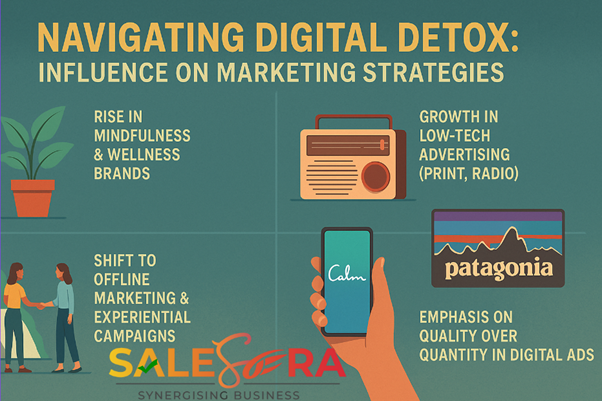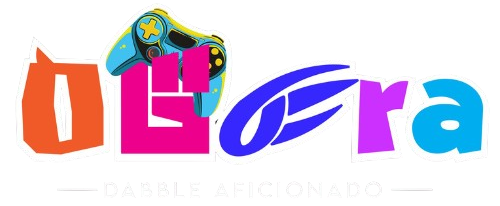The Rise of Short-Form Videos:
Before delving into the differences, let’s first understand what short-form videos are and why they have become so popular.
What are Short-Form Videos?
Short-form videos are typically brief, engaging video clips that range from a few seconds to a couple of minutes in length. They are designed to capture attention quickly and deliver a concise message or entertainment within a short timeframe.
Why Are They Popular?
- Quick Consumption: Short-form videos are perfect for on-the-go consumption. They cater to our fast-paced lifestyles, making it easy to watch a video during a coffee break or while waiting for a friend.
- Creative Expression: These platforms offer an outlet for creativity, allowing users to express themselves through music, dance, comedy, or any other form of content in a bite-sized format.
- Algorithm-Driven Discoverability: Platforms like TikTok use powerful algorithms to curate content for users, ensuring that they see videos that match their interests. This makes it easier for content creators to gain visibility.
- Engagement and Interactivity: Short-form videos often encourage user engagement through likes, comments, shares, and duets, fostering a sense of community and interaction.
Key Differences Between Short-Form and Traditional Video Content
Now, let’s explore the primary distinctions between short-form videos and traditional video content:
Due to their brevity, short-form videos tend to focus on one central idea, joke, or concept. They are designed for quick, memorable impact. Traditional video content, on the other hand, can delve into complex narratives, character development, and detailed explanations.
Production Quality
While traditional video content often requires high production values, including professional cameras, lighting, and editing, short-form videos can be created using smartphones. This accessibility has democratized content creation, allowing anyone with a smartphone and creativity to become a content creator.
Engagement and Interaction
Short-form videos thrive on engagement and interaction. Users are encouraged to like, comment, and share, fostering a sense of community. Traditional video content is less interactive, with engagement usually limited to comments and likes on platforms like YouTube.
Attention Span
Short-form videos are tailored to match our ever-shrinking attention spans. They are designed to capture the viewer’s interest within the first few seconds. Traditional video content relies on longer storytelling arcs and character development, requiring a longer viewer commitment.
Discoverability
Short-form video platforms like TikTok and Instagram Reels prioritize discoverability. Their algorithms recommend content to users based on their interests, increasing the chances of a video going viral. Traditional video content on platforms like YouTube relies more on user searches and subscriptions.
User-Generated Content
Short-form video platforms thrive on user-generated content, with creators and viewers often participating in trends and challenges. Traditional video content is typically created by professionals or established media companies.
Duration
The most obvious difference is the length of the content. Traditional video content, such as television shows, movies, and YouTube tutorials, typically ranges from a few minutes to several hours. In contrast, short-form videos are usually under a minute, with some platforms favoring even shorter clips. This condensed format demands a more concise and focused message.
Content Complexity In an era dominated by rapid information consumption and dwindling attention spans, short-form videos have emerged as a powerful medium for communication and entertainment. Platforms like TikTok and Instagram Reels have revolutionized the way we engage with video content.
Implications for Content Creators and Marketers
Understanding these differences is essential for content creators and marketers looking to leverage short-form videos:
- Creativity and Impact
Short-form videos demand creativity and the ability to make an impact quickly. Content creators need to distill their message into a concise, engaging format.
- Authenticity
Short-form videos often favor authenticity over high production values. Viewers appreciate genuine, relatable content, so being real can be a winning strategy.
- Engagement Strategy
Marketers should capitalize on the interactive nature of short-form videos. Encourage viewers to engage with your content through comments, likes, and shares.
- Algorithm Understanding
To succeed on short-form video platforms, it’s crucial to understand their algorithms and trends. Keeping up with the latest challenges and using popular sounds and hashtags can boost discoverability.
- Multi-Platform Approach
Consider adopting a multi-platform approach. While short-form videos are a powerful tool, they may not replace traditional video content entirely. Use both formats strategically to reach a broader audience.
To conclude, short-form videos have reshaped the digital content landscape, offering a dynamic and engaging way to connect with audiences. While they differ significantly from traditional video content in terms of duration, complexity, and production, they present exciting opportunities for content creators and marketers. By understanding these differences and embracing the unique strengths of short-form videos, you can harness their potential to captivate, engage, and inspire your audience in the ever-evolving world of online content.














2 Responses
I like the efforts you have put in this, regards for all the great content.
I know this web site presents quality depending content and other
material, is there any other site which gives these kinds of things in quality? https://u7bm8.mssg.me/